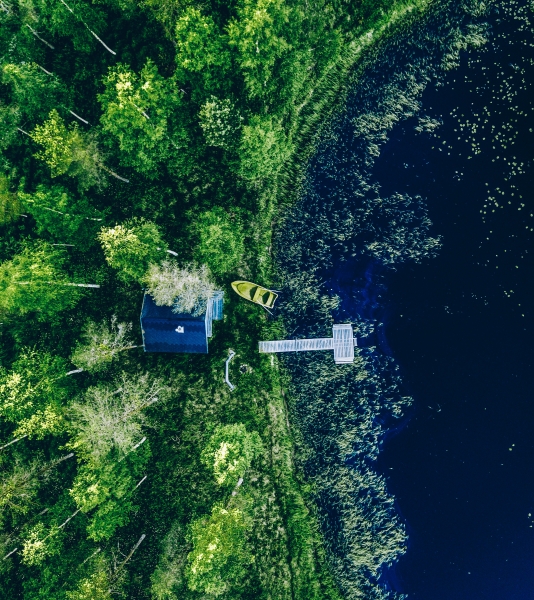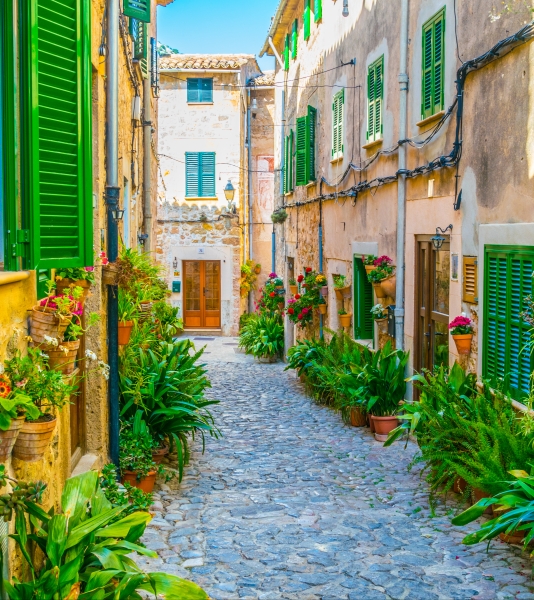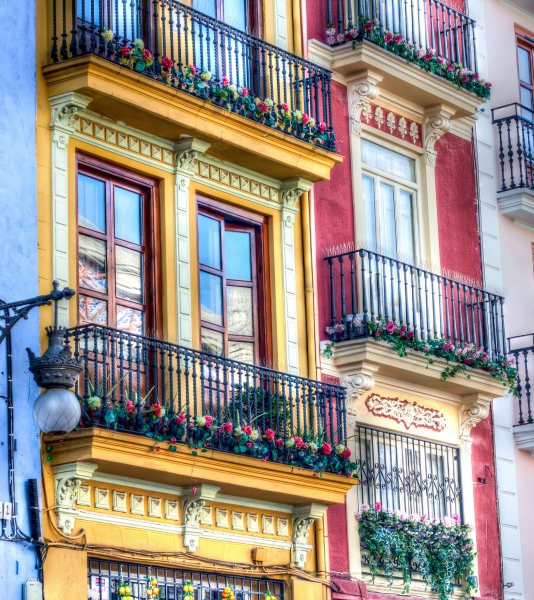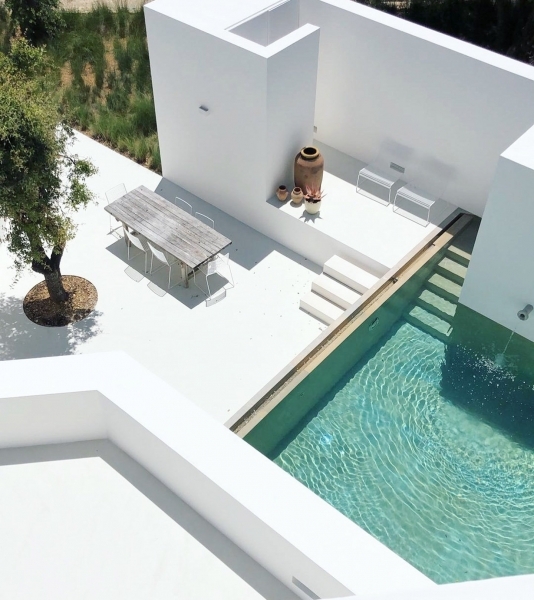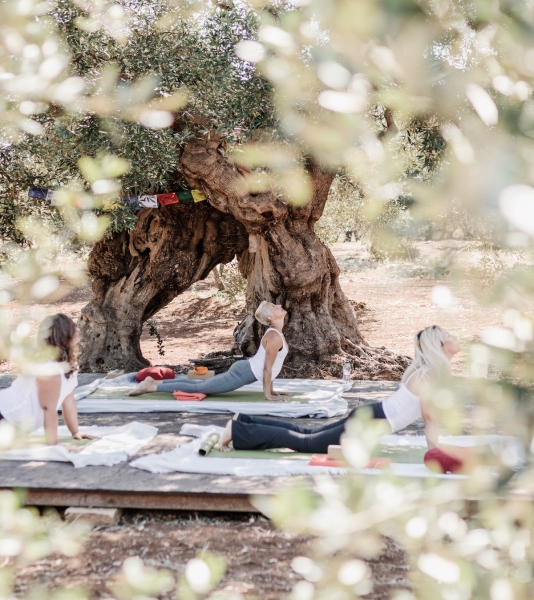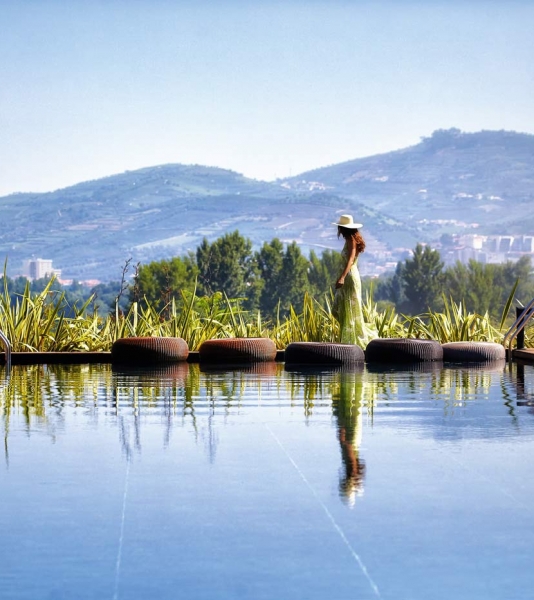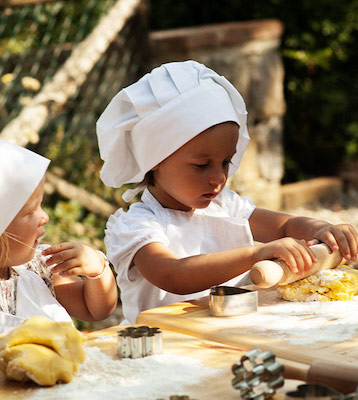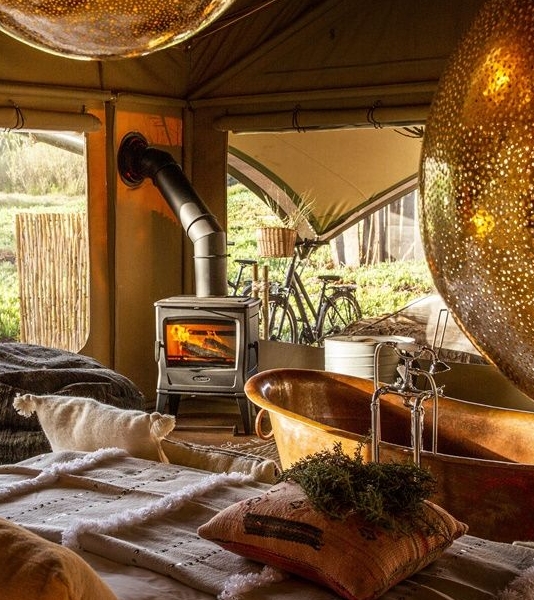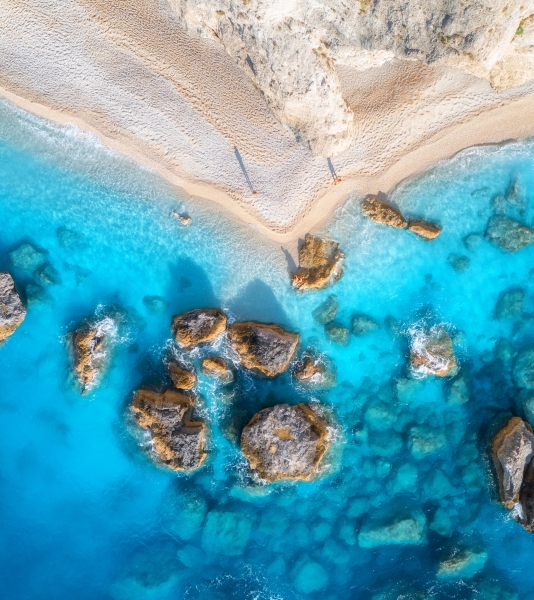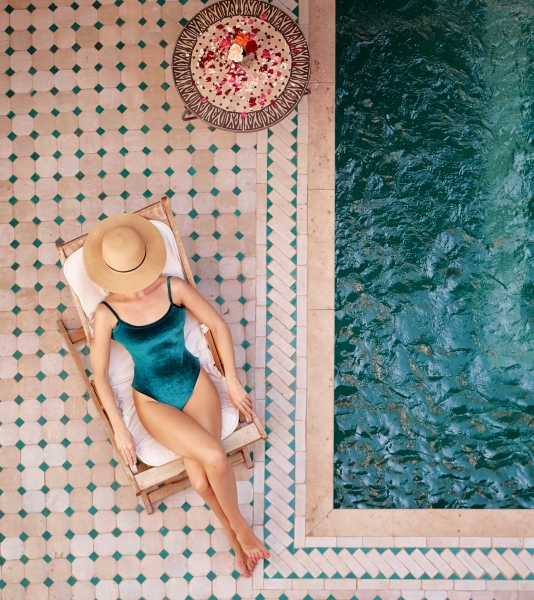Comunidad Valenciana : A region of contrasts
The region of Valencia is not just about golden beaches and paella under an umbrella (although these are thoroughly satisfying experiences). This corner of southeastern Spain is a region of contrasts, full of history and traditions. It was once a country historically organised as the Kingdom of Valencia. Today, it is constituted as an Autonomous Community within the unity of the Spanish Nation, as an expression of its distinct identity as a historical nationality and in the exercise of its right to self-government. The meaning of ‘Valencia’ comes from ‘valentía’, which means strength and courage, attributes that were given to its people.
The mountains occupy most of this region, leaving a narrow coastal strip 524 km long, which only widens in the extreme north (Vinaroz plain), in the Plana de Castellón, in the Huerta de Valencia and in the extreme south (Vega Baja del Segura). It is made up of the provinces of Alicante, Castellón and Valencia. The archipelago of the Columbretes Islands, the island of Tabarca and other smaller islands and islets close to the coast are also part of the Valencian territory.
Where to stay in Valencia Region? Die besten Unterkünfte in der Comunidad Valenciana?
In the region of Valencia, we have found the most beautiful hotels in the Valencia region located in historic buildings, especially in the old quarter of the city of Valencia or in picturesque villages, which offer an elegant and personalised touch. There are also accommodations in the countryside called ‘alquerías’, which are rural constructions that were originally agricultural dwellings surrounded by crops. Many have been restored and now offer charming accommodation in natural surroundings, combining tradition and comfort in the midst of beautiful orchards. In addition, there are manor houses called ‘masías’, in the countryside or in the mountains, which are usually larger and more robust, offering a peaceful and authentic atmosphere. They are ideal for disconnecting and enjoying nature.
For those who like modernity or luxury, Valencia has a very advanced aesthetic, examples are in the capital which has an impressive offer of contemporary design boutique hotels, where advanced aesthetics merge with functionality. These establishments, which combine materials such as glass and iron, not only stand out for their innovative architecture, but also for their personalised services and avant-garde atmosphere, perfect for those looking for a unique experience in an elegant setting.
On the coast, we approach a more beachy and relaxed tourism with small romantic B&Bs or rural houses near the sea, perfect to go with the family and take advantage of the Mediterranean sea with its mild temperatures.
The provinces of the Valencia region
Valencia
The regional capital combines history and modernity with enviable naturalness. It may seem confusing, as we have the region of Valencia, the province of Valencia and its capital, which, unsurprisingly, is called Valencia. Some of the towns you can visit are: Xàtiva, Bocairent, Chulilla, Requena, Sagunto and Gandía, among others.
You can see our selection of the best charming accommodation in Valencia province, specially chosen and updated for you.
Alicante
Alicante offers a mixture of paradisiacal beaches and imposing mountains. The coastline is called the Costa Blanca, bathed by the Mediterranean, and is characterised by golden sandy beaches, crystal clear coves and impressive cliffs. Some of the towns you can visit are: Javea, Calpe, Altea, Denia and Villajoyosa.
You can see our selection of the best charming accommodation in Alicante province, specially chosen and updated for you.
Castellón
The least known of the three provinces is also the most surprising. With paradises such as the Sierra de Espadán Natural Park and the town of Morella, Castellón is a haven for nature and history lovers. Some of the towns you can visit are: Peñíscola, Morella, Vilafamés, Culla, Alcalà de Xivert and Alcossebre. You can see our selection of the best charming accommodation in Castellón, specially chosen and updated for you.
What to do and see in the region of Valencia
Valencia has exceptional monuments, especially Gothic ones, such as La Lonja from the 15th century, and the famous Miguelete bell tower. Its beautiful old quarter, delimited by the tram route, demarcates the path along which the city walls used to run. Here we find the greatest concentration of monuments. The Cathedral, in early Gothic style, and its museum, which exhibits works by Goya and Jacomart. And of course you must visit the City of Arts and Sciences, an architectural and cultural complex designed by Santiago Calatrava, which is considered one of the city's greatest attractions. It is worth mentioning the famous festival of the Fallas de San José: for 4 days and 4 nights, huge cardboard monuments are erected in numerous streets and squares as a way of welcoming the beginning of spring; on the last day, the 19th of March, San José, they will be burnt in impressive bonfires.
Nor can you miss the opportunity to get to know Alicante, ‘la millor terreta del mon’, a province where the sun shines 300 days a year. The castle of Santa Bárbara, dating from the 9th century, is one of the city's most important monuments. And the Santa Cruz neighbourhood, a network of narrow streets adorned with a multitude of flowerpots, is one of its most colourful and picturesque spots.
Castellón de la Plana has some interesting monuments, such as the Town Hall and the Church of Santa María, which boasts a splendid bell tower known as ‘el Fadrí’. Eight kilometres from Castellón we find the hill of La Magdalena, on which stands the hermitage of the same name and the ruins of Castell Vell, the old castle.
In the north of the province of Castellón, the Costa de Azahar offers not only fantastic beaches but also beautiful towns such as Peñíscola, surrounded by walls and in its centre a medieval castle, built by the Templars on the site of the old Arab citadel.
Gastronomy of the Region of Valencia
The gastronomy of the Valencian Community enjoys great prestige both nationally and internationally. Through traditional recipes, elaborated with natural ingredients from the vegetable garden such as oils, vegetables, spices, fruit, meat and fresh fish, we obtain one of the greatest exponents of ‘Mediterranean cuisine’. It stands out, above all, for its incredible variety of rice, which began to be cultivated by the Muslim inhabitants.
The rice of this region is very famous, forming part of an extensive list of typical recipes, whose first place is undisputedly occupied by the Valencian paella. It is a dish prepared in a kind of flat, shallow frying pan, which began as a festive dish and is now world-famous. But it is not the only one, there are more than 100 recipes: arroz de perdiú, arroz al forn, rossjat, arroz a banda, etc.
On the other hand, the cuisine with mountain aromas, typical of the inland area, alternates with those of the coast, being a region very rich in fish: conger eel, whiting, hake, sea bass, sea bream; or salted fish such as sardines, mojama, tronc or sorra. As for meat, we find rabbit and duck, which are used to season rice dishes, chicken for paella, while lamb is reserved for roasts.
Horchata de chufas is a refreshing and sweet local drink, very popular in Valencia, which was originally only consumed for dietary reasons. Another internationally known and appreciated product is Turrón de Alicante, also of Arab origin, a sweet made mainly from almonds and honey, and an undisputed star of the Christmas table, delicious when accompanied by sparkling wines, such as cava. In the Region of Valencia there are wines with different designations of origin: Alicante, Utiel-Requena, Valencia and Cava, ideal for accompanying the most exquisite recipes of Valencian cuisine.
Our collections
Don’t know where to go? Let our collections inspire you.


